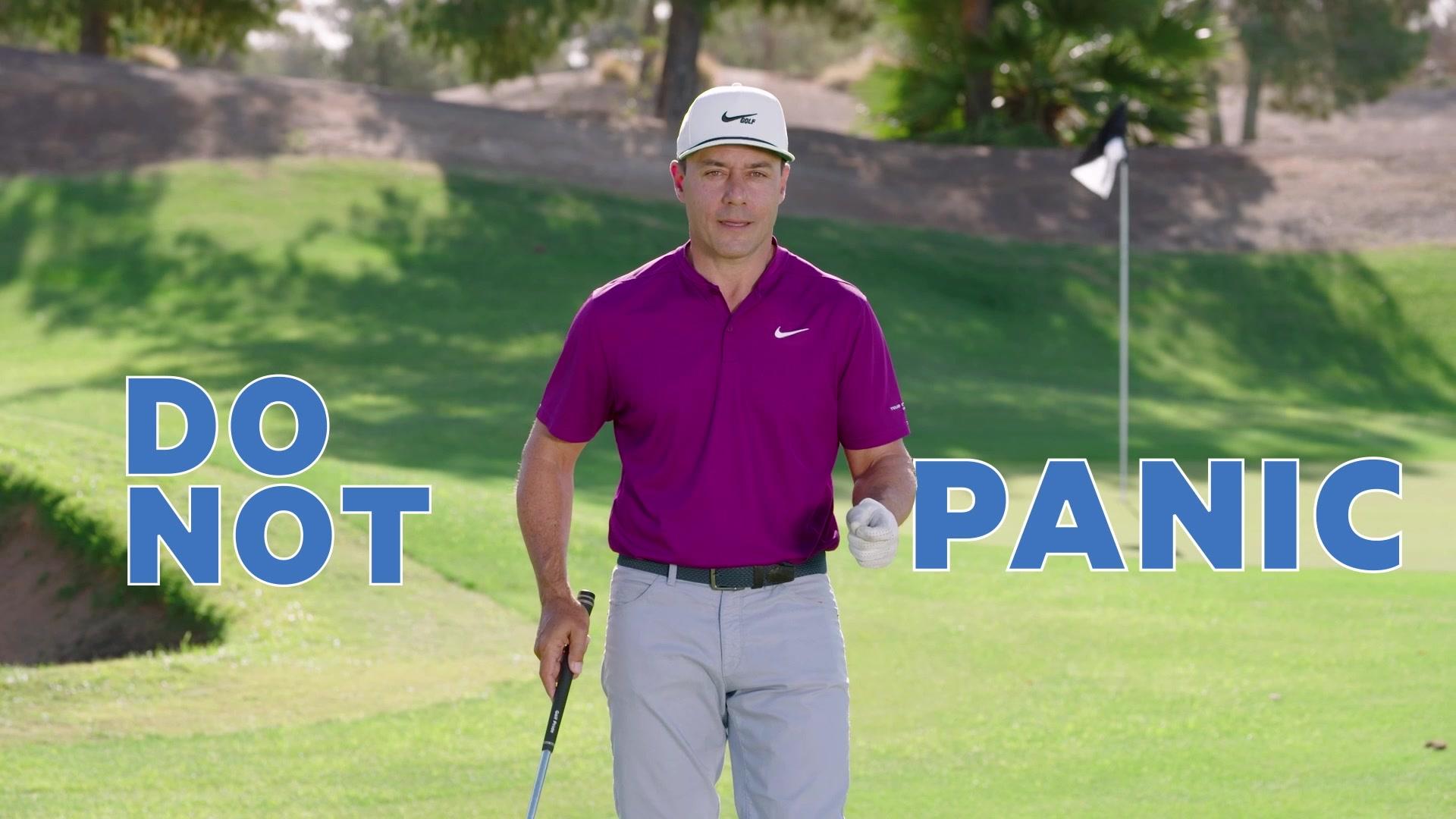"If you fail to plan, then you're planning to fail" - a little trite, but an easy aphorism to latch onto for golfers who are serious about shooting lower scores.
A new year means new golf resolutions:
This is the year I finally break 80.
This is the year I win my club championship.
This is the year I make the Ryder Cup Team.
Some golf goals are more realistic than others.
Brainstorming goals haphazardly can be a nice short-term boost, but the feeling fades when there isn't substantial support for them. After all, goals are relatively abstract. They're outputs. Outputs require inputs. Goals require strategies and tactics. If your goal is to break 80 on a consistent basis, you need to know what statistics and events need to come together in order to add up to a round in the 70s. You should have a solid idea of the number of fairways you should be hitting, the number of greens you should reach in regulation and some other core statistics.
2025 marks the tenth full year in which I will track statistics from all 18-hole rounds on regulation-length golf courses in an Excel spreadsheet. Compared to the apps and programs currently available, it's practically analog, but it works for me. I can easily look back through more than 800 rounds in which I've tracked my scores (raw and relative to par), fairways hit, greens in regulation, putts and birdies. I keep running averages across those categories and can compare them year-over-year in order to set goals against them.
As the father of a young child and someone whose travel schedule sometimes unfolds unpredictably, I try to keep my goals somewhat flexible. I still love competing in amateur tournaments when I can. My #1 overall competitive golf goal is to qualify for and make the match play stage of a United States Mid-Amateur. I know I have the game to do it; I just need to set myself up to play well enough at the right time. One tier below that goal is once again competing in the Florida State Mid-Amateur, which in 2025 is being held 15 minutes from my home. The last time that was the case, in 2019, I qualified and made the match-play rounds before bowing out. Finally, if my schedule allows, I'd love to play in the Myrtle Beach World Am for the first time since 2018. A top-5 finish there would be my main goal.
How can I pursue these goals in a tangible way? By honestly analyzing my game, targeting areas for improvement and working on them when I am able. I don't have the luxury of quantity practice, so I need to have high-quality practice whenever possible, all predicated on improving on my statistics from 2024.
In short, 2024 was a bit of a step backwards relative to 2023, which was my best year of my life in golf, statistically speaking. That summer, I reached an all-time personal-best handicap index of +3.2, thanks in large part to a nine-round late-summer stretch where I shot under par six times, and didn't shoot higher than 74. I had some good individual rounds in 2024, but nowhere near that level of consistency, and I finished the year with a handicap index of +1.1.
The numbers tell the story of 2024 vs. 2023:
Average score (to par): +1.68 (2024) vs. +1.13 (2023)
Fairway percentage: 60.77% vs. 67.79%
Greens in regulation: 11.22 vs. 11.45
Putts per round: 30.57 vs. 30.13
Birdies per round: 2.82 vs. 2.85
These statistics are, of course, interconnected. When I hit fewer fairways, I hit fewer greens and/or, when I do hit greens, the ball ends up farther away from the hole and therefore I don't capitalize as often. There are plenty of nuances here, but nearly a decade's worth of statistics suggests that when I get off the tee consistently, much of the rest of the game falls into place. Iron play has always been the strength of my game, so it makes sense that when I put myself in the fairway more often, I score better. It's intimidatingly simple.
Relative to what I have achieved in the past, and what I know myself to be capable of, my golf goals for 2025 are:
Average score (to par): +1.00 or lower
Fairway percentage: 70% or higher
Greens in regulation: 12 or more per round
Putts per round: 30 or lower
Birdies per round: 3.25 or more
Typing out those targets is the easy part. Now is the hard - and fun - part: coming up with a plan and putting it into action. I am tremendously fortunate to play a lot of golf as part of my profession, and continuing to play hard feels like a way to ensure I never take that privilege for granted.
How you can set and pursue your own golf goals
Golf is really several games in one, so you should lean into this fact when it comes to evaluating your own game. Simply tracking your fairways, greens and putts per round will tell you a great deal about your tendencies and immerse you in your own game. Put the pursuit of an overall score to the side; how many fairways can you hit in a round? How many greens in regulation can you hit? Each time I hit a fairway, I put a dot in the upper-left corner of the square for the hole on the scorecard. For each green in regulation, an upper-right dot. How many dots can you muster over 18 holes?
Notice your faults and the deficits between you and the player you want to be. Consult the thousands of videos in the GolfPass archive. Practice with intention. Play with purpose. Lower your scores. Make the Ryder Cup team...or at least beat your buddies more often.








 Back
Back


















Comments (0)